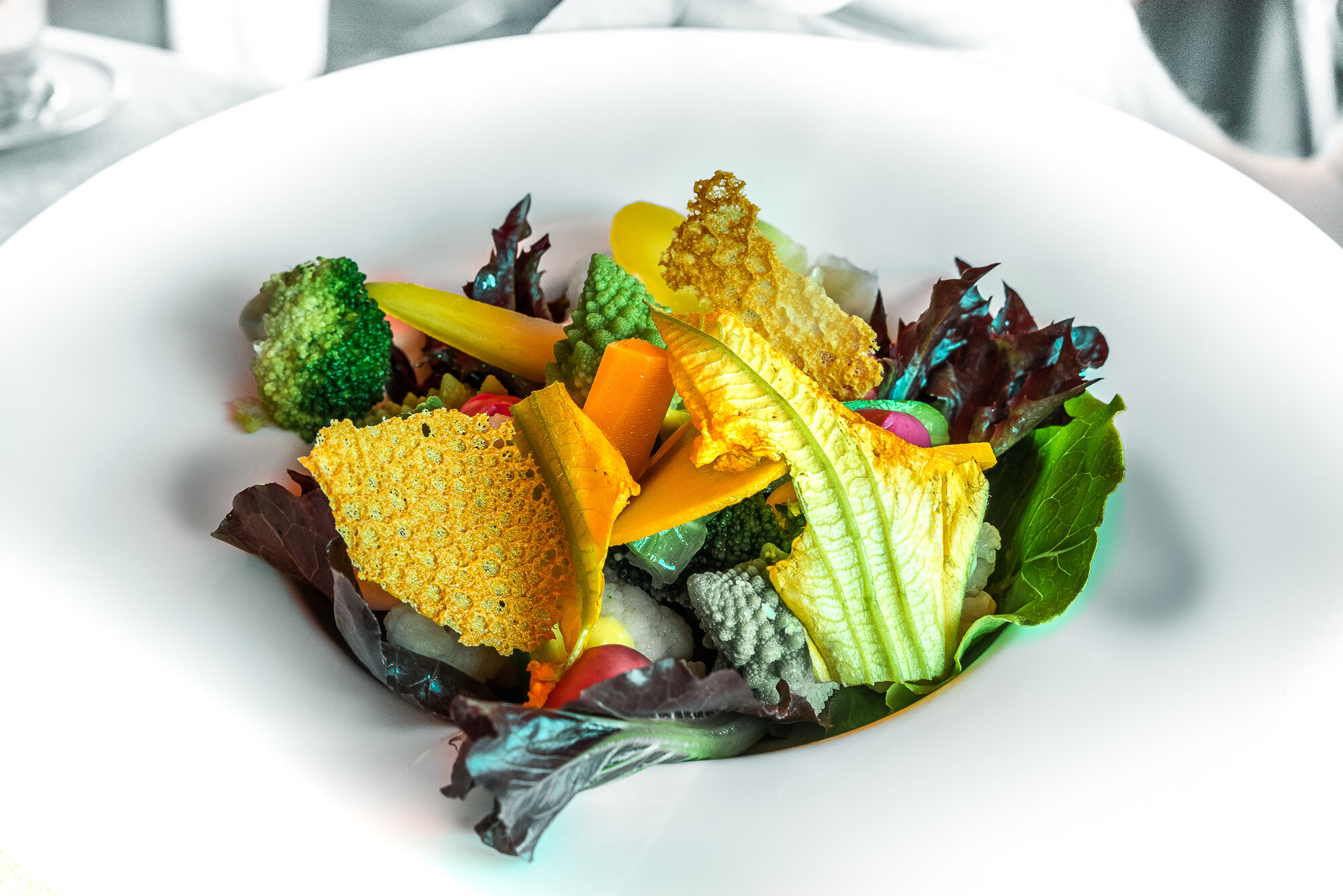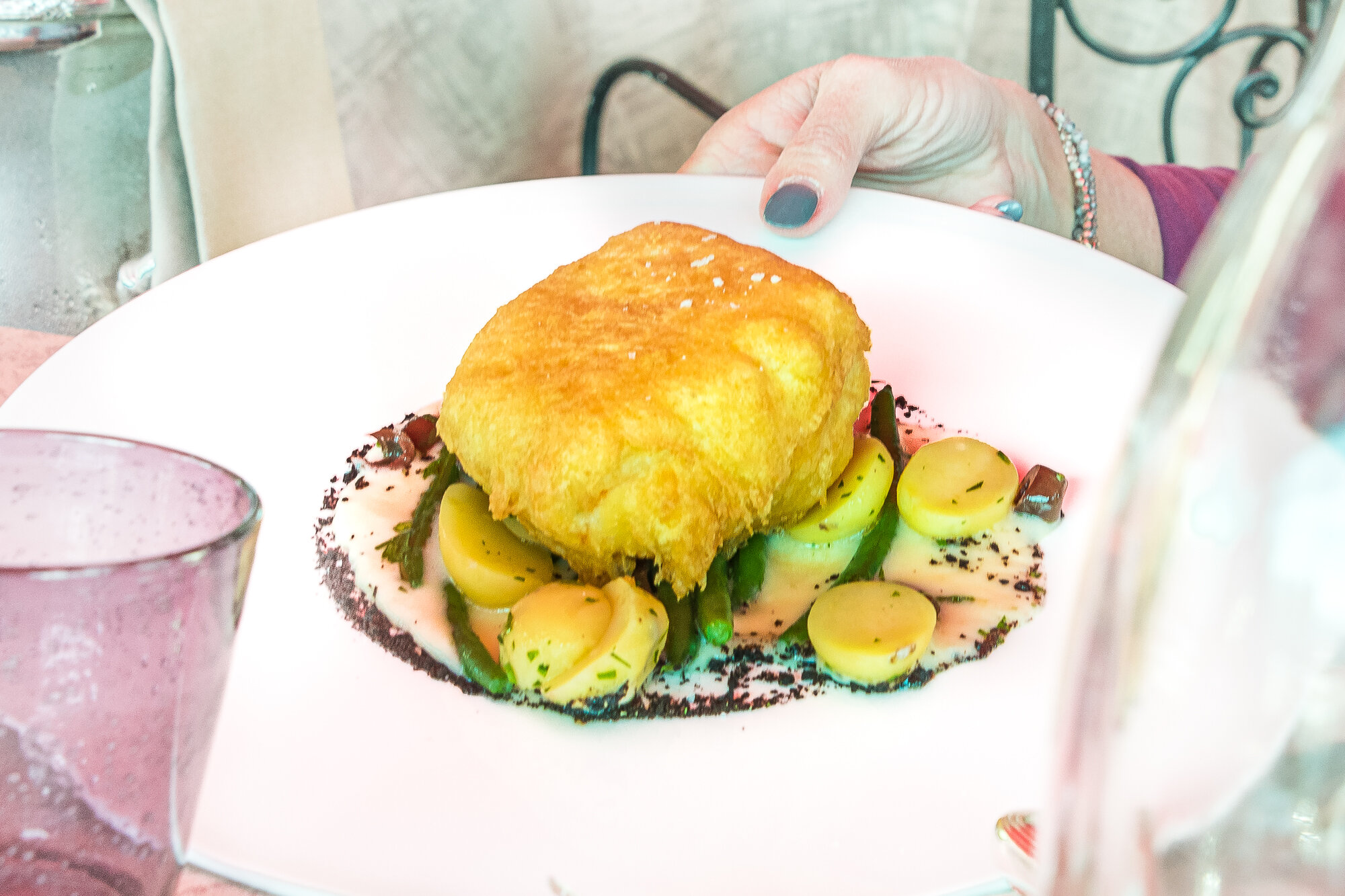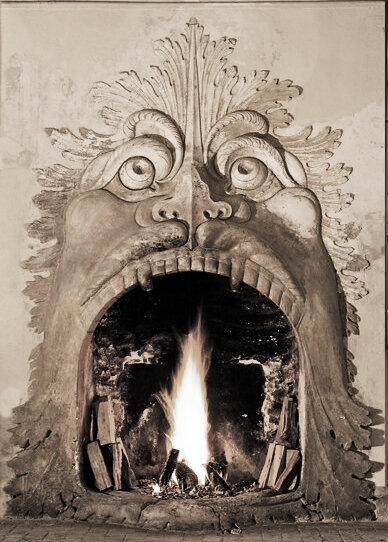Until researching the nomenclature of the Italian political subdivisions, I was both ignorant of, and baffled by, the terms that I’d hear bandied about regarding Italian socio-political geography. I thought you might also be a bit baffled, so I decided that it’s high-time for all of us to know a bit more about these areas of Italy. It’s not too hard to understand.
There are 3 terms that you need to know: region, province, and comune. Think of a region as a state in the US. And think of a province as a county, or parish. And then think of every square inch of Italy as being located in one comune or another.
COMUNE (plural is Comuni)
We hear a lot about Italian towns like Roma, Venezia, Milano, Napoli, and the other big towns of Italy. In the US, we would call these ‘municipalities’ or ‘townships’, but in Italy the word ‘comune’ is used to describe these political units.
The comune is the smallest political subdivision within Italy. There are 7,918 of them and all of Italy is contained within some comune. This is in stark contrast to the US, where non-municipal land abounds. Just below is a map showing all of the comuni of Italy
The ‘comuni’ of Italy
In the map above, can you spot the very large comune of Roma, which is about half way down the Italian coast of the Tyrrhenian Sea. That little speck of a dot in the middle of the comune of Roma is another country…that being Vatican City.
Now, with a bit of enlargement of northern Italy below, it gives you a better idea of how the 7,918 comuni are organized. I’ve circled (from left to right) Torino, Asti and Milano. As you can see, those municipalities are much larger than their surrounding counterparts, and they are like islands in a sea of the other comuni.
A comune is where you would get your birth certificate, or the death certificate of another (obviously not your own), get your deed registered, pick up a marriage license, etc.
You can see a complete list of the 7,918 comuni/municipalities here.
The comuni of northern Italy
The largest comune is Roma, which is about 25 miles in diameter, and has a population of 2,761,477 inhabitants. You undoubtedly (I have faith in you!) found the comune of Roma, earlier. The smallest comune is Atrani, which tips in at only 1,300 feet in diameter, has only 832 people.
Again, for a comune, think municipality/town/township/city, but with a bit of the flavor of a county.
PROVINCES
The next political subdivision is the ‘province’. Think of a province as being like a US county, or parish if you live in Louisiana. There are 107 provinces in Italy.
The smallest areas shown on this map are the provinces. For now, ignore the darker lines and the shading differences.
The ‘provinces’ of Italy
REGIONS
Then, we come to the largest of the institutional, geo-political bodies, the ‘region’. There are 20 regions, which you can see displayed in this map. Remember, these are like the states in the US.
On this map, you see the names of the regions, using the Italian nomenclature. For instance, we in the US call ‘Piemonte’ by the name ‘Piedmont’, and ‘Toscana’ by the name ‘Tuscany’, etc…don’t ask me why, and don’t get me started on that…Rome/Roma, Florence/Firenze, Venice/Venezia, etc.
The ‘regions’ of Italy, showing their Italian names
There you have it! The regions (states), provinces (counties/parishes), and comuni (municipalities) of Italy. Each region has its own special character…as well as characters. Some are influenced mostly by the sea. Others by their mountains. While others have lakes as their defining feature. And most have a good bit of wine in their makeup. And of course each region has their own, tasty foods, including the various locally-defined shapes of pasta…but that’s a subject for next week’s article!
Wouldn’t it be great to spend time in each of these regions?! I sure think so. Let’s plot out an all-inclusive route and get going!
Ciao for now,
Steve






























